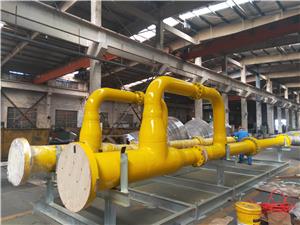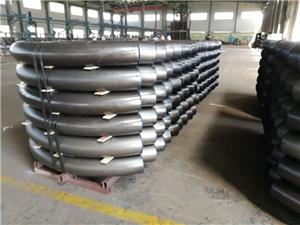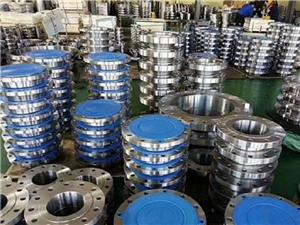What are the materials of butt welded pipe fittings?
In the pipeline system, butt welded pipe fittings are the key components for connecting pipelines, and the selection of their materials is crucial. Butt welded pipe fittings of different materials have different performance characteristics and are suitable for different working environments and process requirements. This article will discuss in detail the materials of common butt welded pipe fittings to help readers better understand and choose appropriate materials.
1. Stainless steel material
Stainless steel butt welded pipe fittings are widely used in many industries such as petroleum, natural gas, chemicals, pharmaceuticals, and food due to their excellent corrosion resistance and high strength. Stainless steel materials mainly include austenitic stainless steel (such as 304, 316, etc.), ferritic stainless steel, martensitic stainless steel, duplex stainless steel, etc. Among them, austenitic stainless steel has become one of the most commonly used stainless steel materials due to its good comprehensive properties.
Austenitic stainless steel butt welded pipe fittings have excellent corrosion resistance and weldability, and can maintain stable working performance in high temperature, high pressure and corrosive media. In addition, its good processability and plasticity also make it easy to process into butt welded pipe fittings of various shapes and sizes.
2. Carbon steel material
Carbon steel butt welded pipe fittings are one of the most common materials used in piping systems. Depending on the carbon content, carbon steel can be divided into low carbon steel, medium carbon steel and high carbon steel. In pipeline systems, commonly used carbon steel butt welding pipe fittings are mostly made of low carbon steel and medium carbon steel. They have good welding performance and mechanical properties, and the cost is relatively low.
However, carbon steel butt welded pipe fittings are prone to corrosion in corrosive media, so corresponding anti-corrosion measures need to be taken according to the nature of the medium when used. In addition, for pipeline systems with high temperature and high pressure, it is necessary to select carbon steel materials with higher strength or butt welded pipe fittings for heat treatment to improve their performance.
3. Low alloy steel material
Low alloy steel is a steel made by adding a small amount of alloying elements (such as chromium, nickel, molybdenum, etc.) to carbon steel. Compared with carbon steel, low alloy steel has better mechanical properties and corrosion resistance. Therefore, low alloy steel butt weld fittings are an ideal choice in piping systems requiring higher performance.
Low alloy steel butt welded pipe fittings not only have high strength and good toughness, but can also resist erosion by corrosive media to a certain extent. This makes them particularly suitable for pipeline systems in harsh environments such as marine engineering and petrochemical industries.
4. Alloy steel material
Alloy steel is a steel made by adding more alloy elements to carbon steel. Compared with low alloy steel, alloy steel has higher strength, better heat resistance and better corrosion resistance. Therefore, alloy steel butt welding pipe fittings have become an indispensable part of the pipeline system in extreme working environments.
Alloy steel butt welded pipe fittings can withstand extreme conditions such as high temperature, high pressure, and strong corrosion, ensuring the stable operation of the pipeline system. However, due to its high cost and complex processing technology, alloy steel butt welding pipe fittings are usually only used in specific fields and occasions.
5. Other special materials
In addition to the above main materials, butt welding pipe fittings may also be made of other special materials, such as nickel alloy, titanium alloy, etc. Butt welded pipe fittings made of these special materials usually have better performance characteristics, such as higher corrosion resistance, higher heat resistance, etc. However, due to their higher cost and difficulty in processing, they are relatively rare in practical applications.



